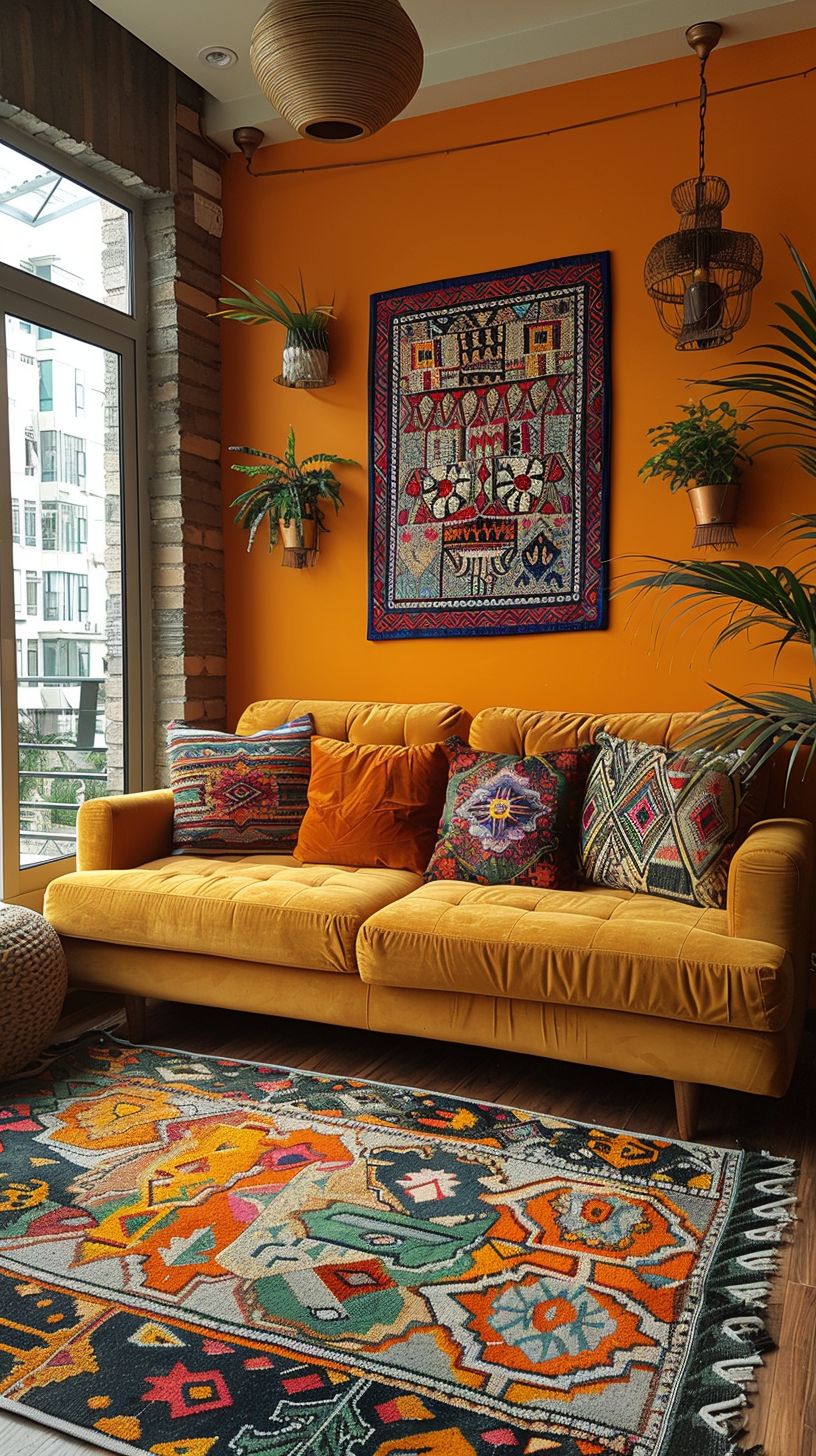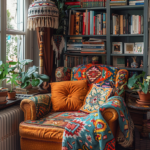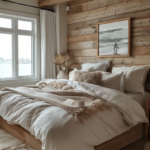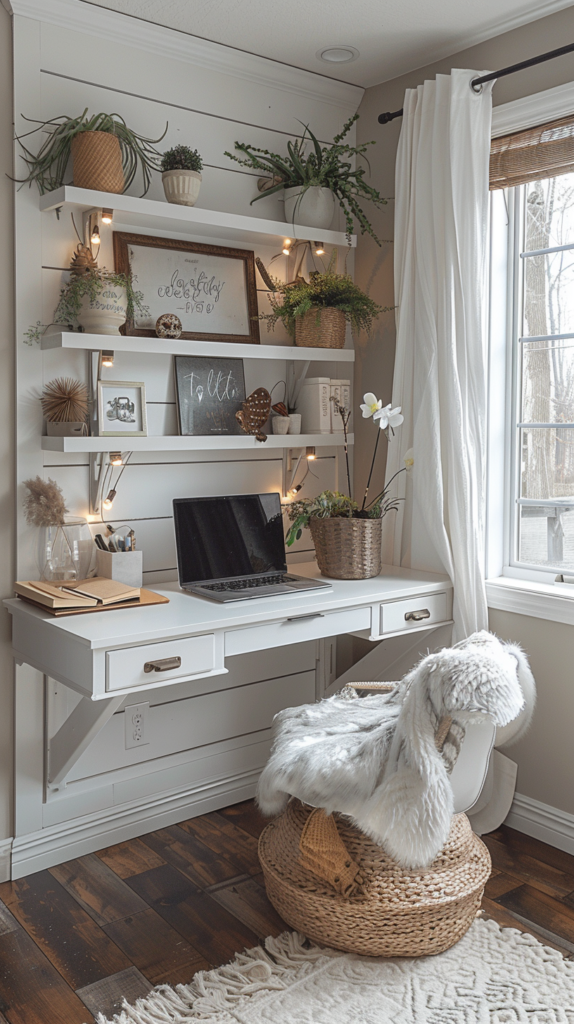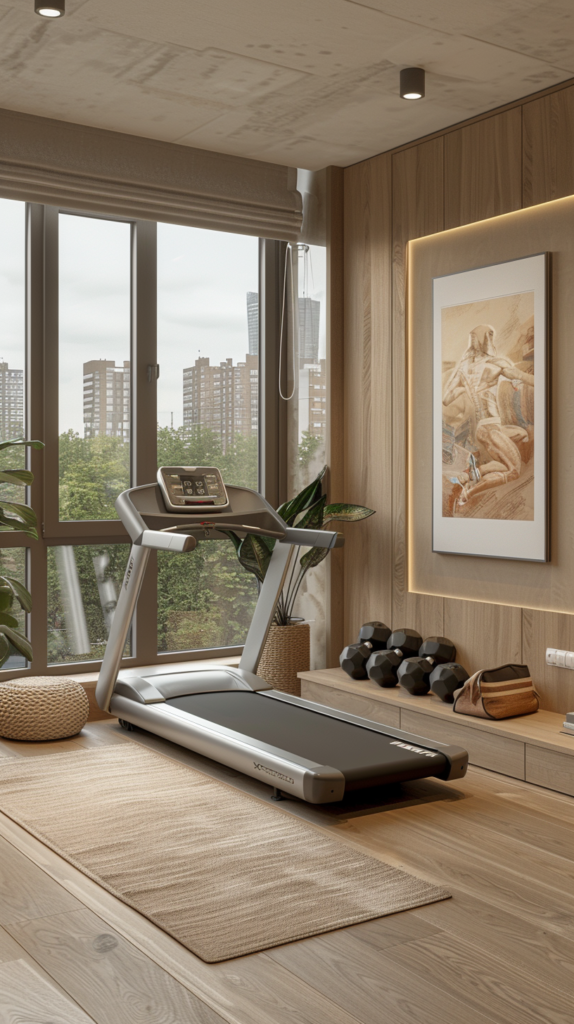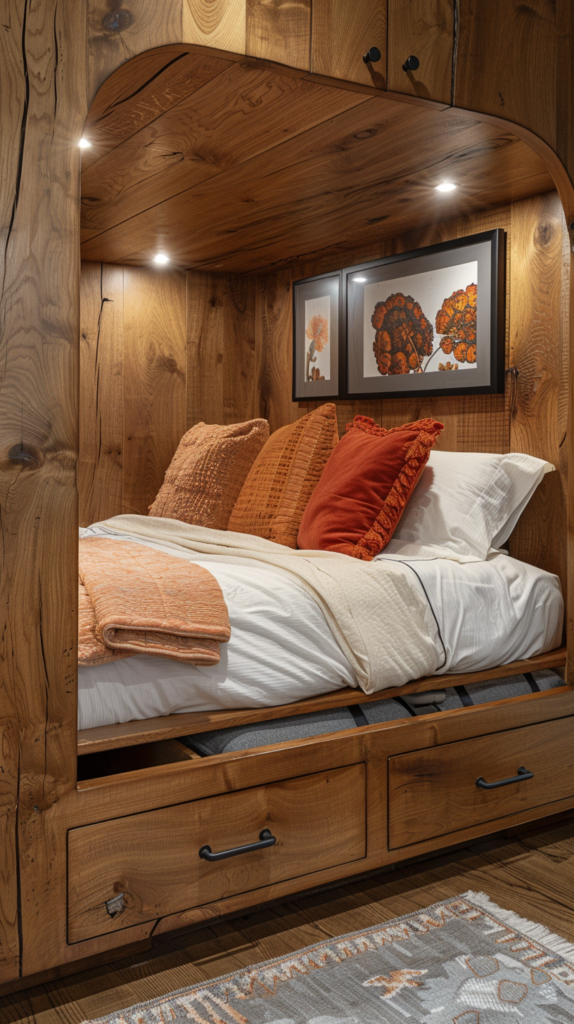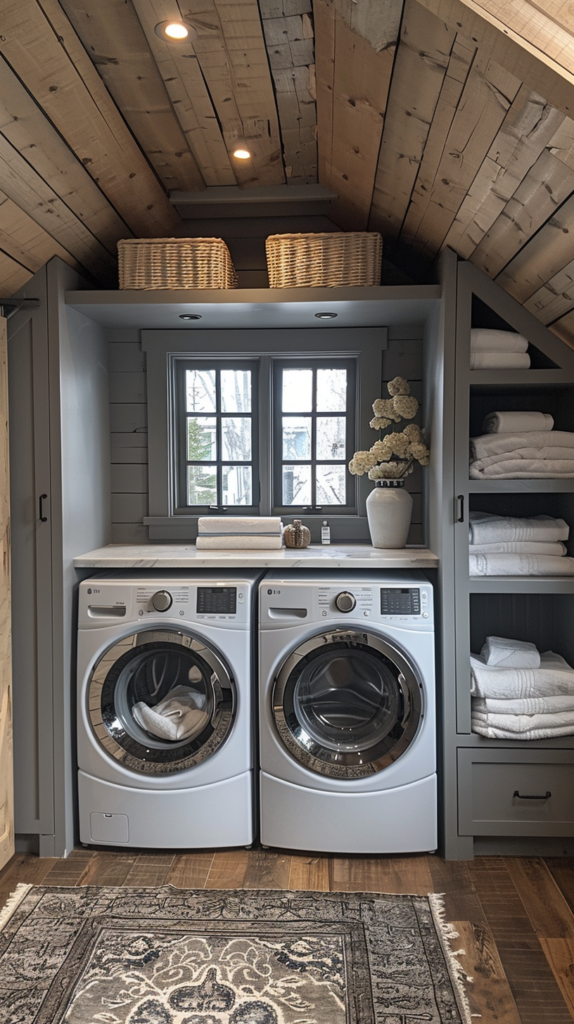Introduction
Decorating small spaces with patterns can be a fantastic way to inject personality and style into your home. Patterns can transform a room, adding visual interest and making it feel more dynamic. However, using patterns in compact areas requires a thoughtful approach to ensure the space remains balanced and not overwhelming. This guide explores the dos and don’ts of decorating with patterns in small spaces, offering practical tips to help you create a stylish and harmonious environment.

The Dos of Decorating with Patterns
1. Start with a Neutral Base
Use Neutral Backgrounds
Begin with neutral-colored walls and furniture. Neutral tones such as whites, beiges, or greys create a calm backdrop that allows patterns to stand out without overwhelming the space. This approach ensures that patterns become accents rather than dominant features.

Balance Patterns with Solid Colors
Incorporate solid colors to balance out the patterns. Use neutral or complementary solid-colored accessories to give the eyes a resting place and prevent the room from feeling chaotic.

2. Choose a Focal Point
Create a Statement Piece
Select one or two statement pieces where the pattern can shine. This could be a patterned rug, a statement wall, or bold patterned cushions. Focusing on specific elements allows the pattern to make a statement without taking over the entire space.

Accentuate with Smaller Patterns
Use smaller patterns for accessories like throw pillows, lampshades, or curtains. These smaller elements can add interest and complement the focal point without overpowering the room.

3. Mix and Match Thoughtfully
Combine Patterns with Care
When mixing patterns, ensure they have a common color scheme to create a cohesive look. Patterns with similar hues or tones can be combined successfully, adding depth and texture to the space.

Vary Pattern Scales
Mix different scales of patterns—large prints with smaller ones—to avoid visual clutter. This technique helps to create visual interest while keeping the overall look balanced and engaging.

4. Use Patterns to Define Areas
Create Zones with Patterns
Utilize patterns to define different areas within an open plan or small room. For example, a patterned rug can delineate a sitting area from a dining space. Patterns can help segment the room while maintaining a sense of cohesion.

Employ Accent Walls
Consider using patterned wallpaper or paint to create an accent wall. This approach adds character without overwhelming the entire space. Choose a wall that naturally draws attention, such as the one behind the main seating area.

The Don’ts of Decorating with Patterns
1. Overuse Patterns
Avoid Pattern Overload
Do not cover every surface with patterns. Overloading a small space with too many patterns can make it feel cluttered and chaotic. Limit the use of patterns to key areas to maintain balance and harmony.
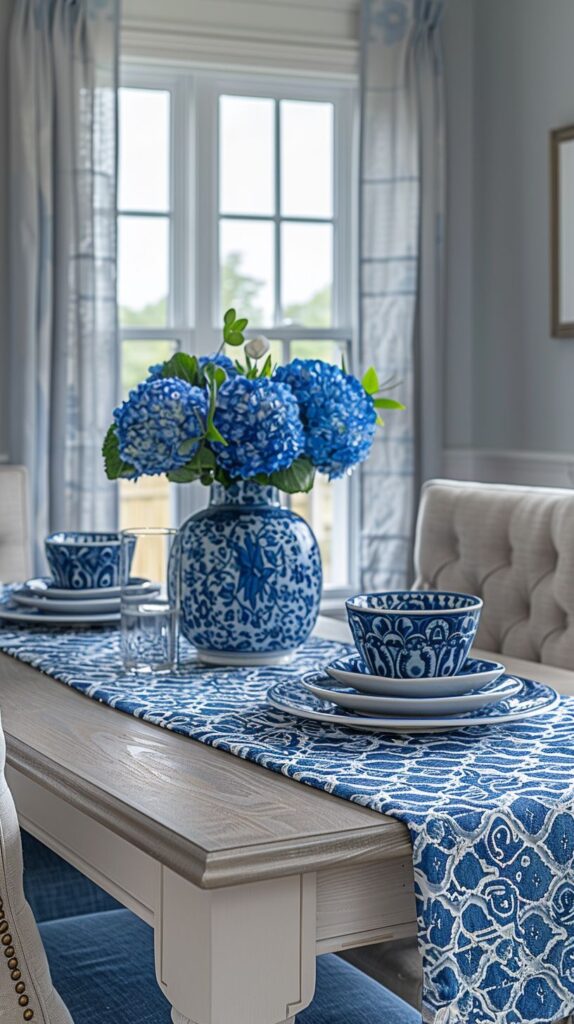
Skip Matching Patterns Too Closely
Avoid using matching patterns excessively—like a matching rug, curtains, and cushions all with the same print. Instead, aim for a mix of patterns that complement each other without being overly repetitive.

2. Neglect Proportion and Scale
Beware of Proportions
Don’t use patterns that are too large for the small space. Large patterns can overwhelm a tiny room, making it feel even smaller. Opt for patterns with smaller scales that suit the proportions of the space.

Overlook Balance
Ensure that patterns are balanced within the space. Using a pattern-heavy feature on one side of the room while keeping the rest minimal can create visual imbalance. Aim for even distribution to achieve a harmonious look.

3. Ignore the Room’s Function
Disregard Functionality
Avoid patterns that don’t align with the room’s function. For example, busy patterns in a workspace might be distracting. Choose patterns that enhance the room’s purpose and contribute to its overall functionality.

Forget About Comfort
Don’t prioritize aesthetics over comfort. Ensure that patterned furniture or textiles still offer comfort and practicality. For instance, avoid overly intricate patterns on upholstered furniture that might wear out or become uncomfortable.

4. Forget About Lighting
Neglect Lighting Effects
Don’t forget to consider how patterns look in different lighting conditions. Patterns can appear different under various light sources, affecting their impact. Test patterns in the room’s natural and artificial lighting to ensure they look as intended.
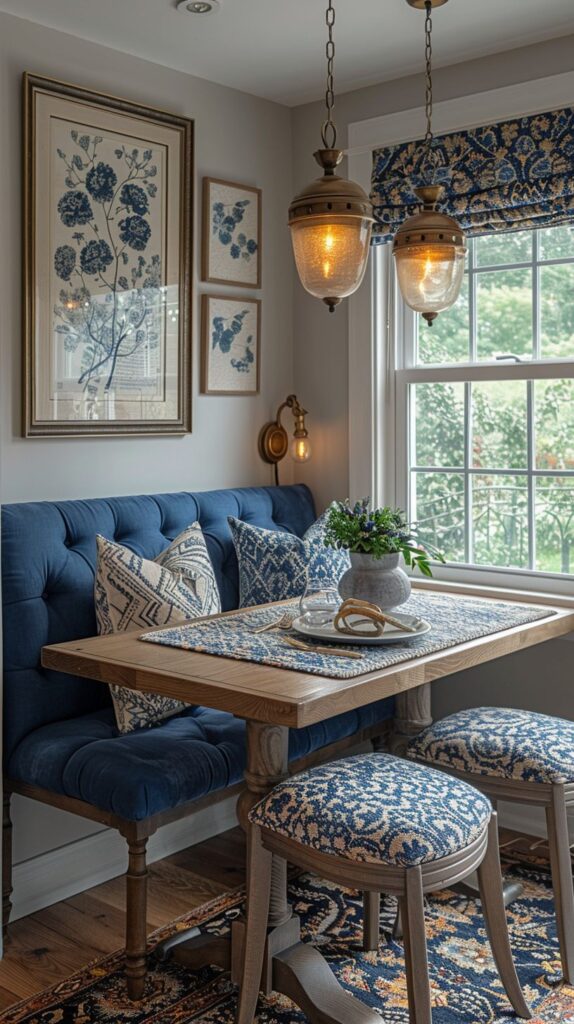
Overlook Lighting Placement
Ensure that lighting complements the patterns rather than overshadowing them. Use well-placed lighting to highlight the patterns and create a balanced effect throughout the room.

Conclusion
Decorating with patterns in small spaces can significantly enhance the visual appeal and personality of your home. By following the dos and don’ts, you can create a stylish and functional space that feels both vibrant and cohesive. Start with a neutral base, choose focal points, and mix patterns thoughtfully to make the most of your small space. Avoid overuse, keep proportions in mind, and consider the room’s function and lighting to ensure your pattern choices enhance your living environment.
FAQs
How can I start incorporating patterns into a small space without overwhelming it?
Begin by selecting one or two key patterned pieces and incorporate them into a neutral backdrop. Add smaller patterns through accessories to balance the space and avoid overwhelming the room.
What are some tips for mixing different patterns successfully?
Ensure that patterns share a common color scheme and vary the scale of patterns. Combining large and small patterns while maintaining a cohesive color palette helps create a harmonious look.
Can I use large patterns in a small room?
Large patterns can be overwhelming in small rooms. Opt for smaller-scale patterns or use large patterns sparingly, such as on an accent wall or a single piece of furniture.
How can I use patterns to define different areas in an open-plan space?
Employ patterned rugs or textiles to visually separate different areas within an open-plan space. Use patterns to create zones, such as a dining area or a reading nook, while maintaining a cohesive overall look.
What should I consider when choosing patterns for functional areas like home offices?
Select patterns that enhance the room’s functionality and avoid overly busy designs that might be distracting. Choose patterns that complement the workspace’s purpose and contribute to a productive and pleasant environment.

